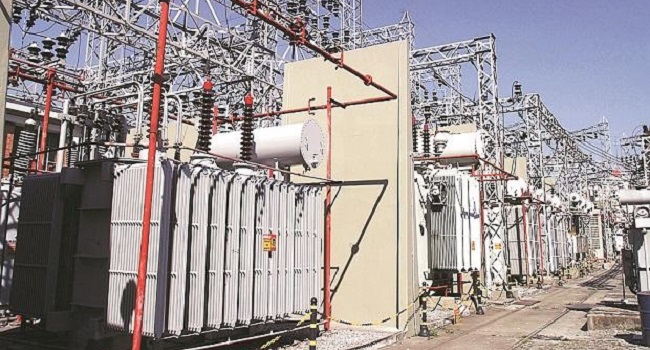Business
New $210m power transmission lifeline may prove a big joke given Nigeria’s poor distribution infrastructure

A massive interventionist gesture from a foreign body, in some way the greatest in the history of the nation’s power transmission history in recent years, came the way of the Transmission Company of Nigeria only Thursday. The African Development Bank (AfDB), in furtherance of its regular financial benevolence to Nigeria since Akinwunmi Adesina emerged chief, endorsed a fund of $210 million (roughly N64.26 billion), in this case for the expansion of the transmission segment of the power value chain. The fruit of the Federal Government’s solicitation for the financing of transmission expansion works in the North-West, the South-East and the South South, the deal was precisely six months in the making.
In the wisdom of the Transmission Company of Nigeria (TCN), the capital will be committed to its NTEP-1 projects, a venture forming part of the components of the Transmission Rehabilitation and Expansion Programme (TREP). TREP is bankrolled by the AfDB. Broken down, NTEP-1 sets out to overhaul old transmission lines, construct new ones and expand TCN’s transmission capacity through the building of more electrical substations among others. The ambitious project will be delivered in 24 months, taking TCN’s promise.
At its current measured pace, the prospects of transmission are good yet they are worrisomely notable in a way that clearly keeps power distribution and its wobbly progress in the side view mirror. The latest data from the TCN, detailing the quantity of power unutilised day on day from 11 to 17 November this year, confirms that as much as 8,848 megawatts of electricity were rejected by Discos. Of the 11 Discos reported, Kano, Benin, Eko, Enugu, Ibadan, Ikeja, and Kaduna Discos performed worst with 7,195.8 megawatts unutilised between them.
Where this situation is not the case, the Discos are perennially facing one fundamental inadequacy or the other, ranging from metering and obsolete distribution machinery to electricity theft and want of investment in distribution network. Already, Discos are neck-deep in debt and their widely recognised inefficiency alongside their bad name as the weakest link in the power value chain readily make them unlikely to be availed further credit.
There is banks’ growing loss of faith in distribution companies just like the fear of them (the Discos) failing consumers is never absent. Of course, there are always alibis for failure beyond their blatant technical incompetence. From vandalism of distribution equipment to the havoc of thunderstorm on same, Discos are never relentless in making the market see reason. At 4.38am on Saturday 9th November 2019, the national grid collapsed for the record eleventh time this year. It is probable that the moribund state facility had been enchanted to record the eleven failures, one for each month of the eleven years so far spent this year.
Though there is a fresh $210 million transmission stimulus but it is pretty hard to figure out the strong distribution infrastructure to match it. Current estimates say 40.7% (about seventy-six million) of the populace are not connected to the national grid, itself already pressured by the energy demands of existing users. According to Centre for the Study of the Economies of Africa, an independent research firm, 90% of the power needs of these users are not met despite their connection to the grid.
But the real trouble lies in the years ahead. By 2020 for instance, electricity demand will have risen to 45,490MW from the 2015 figure of 24,380MW. From this lump, domestic electricity demand will rank first by reason of expanding urbanisation anticipated to grow at 4.23% per annum not excluding the population growth of 2.7% expected to dwarf the global rate of 1.1% significantly. If then the projection of power consumption in two decades and a year from now, which puts consumers’ appetite for electricity at 213,122MW, is considered, one wonders how Nigeria, its economy and its people, will survive the time.
Join the conversation
Support Ripples Nigeria, hold up solutions journalism
Balanced, fearless journalism driven by data comes at huge financial costs.
As a media platform, we hold leadership accountable and will not trade the right to press freedom and free speech for a piece of cake.
If you like what we do, and are ready to uphold solutions journalism, kindly donate to the Ripples Nigeria cause.
Your support would help to ensure that citizens and institutions continue to have free access to credible and reliable information for societal development.






















